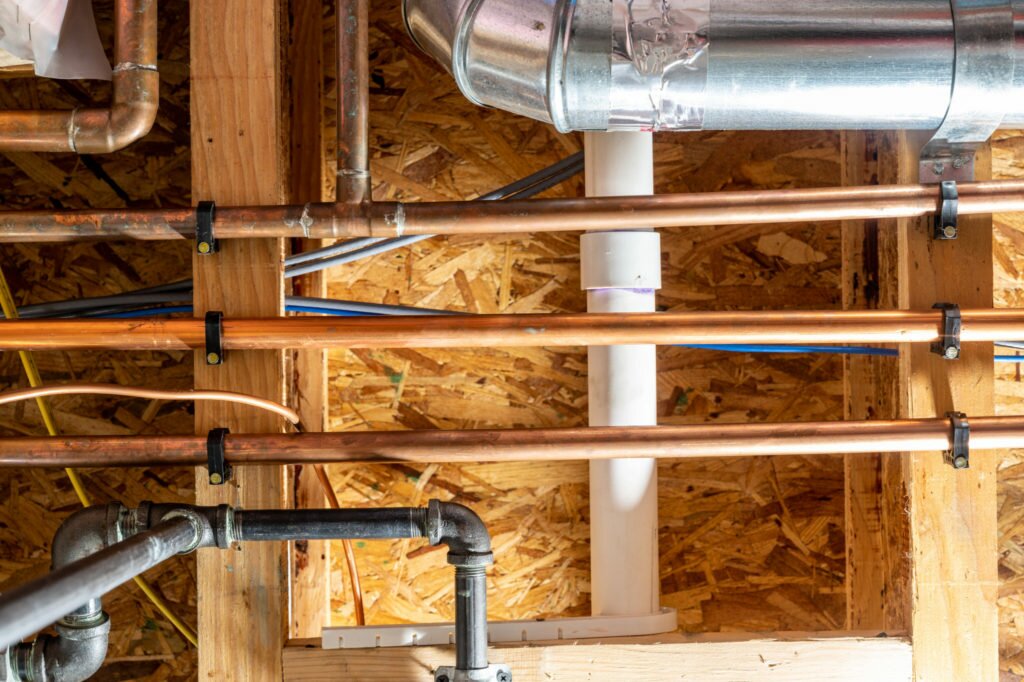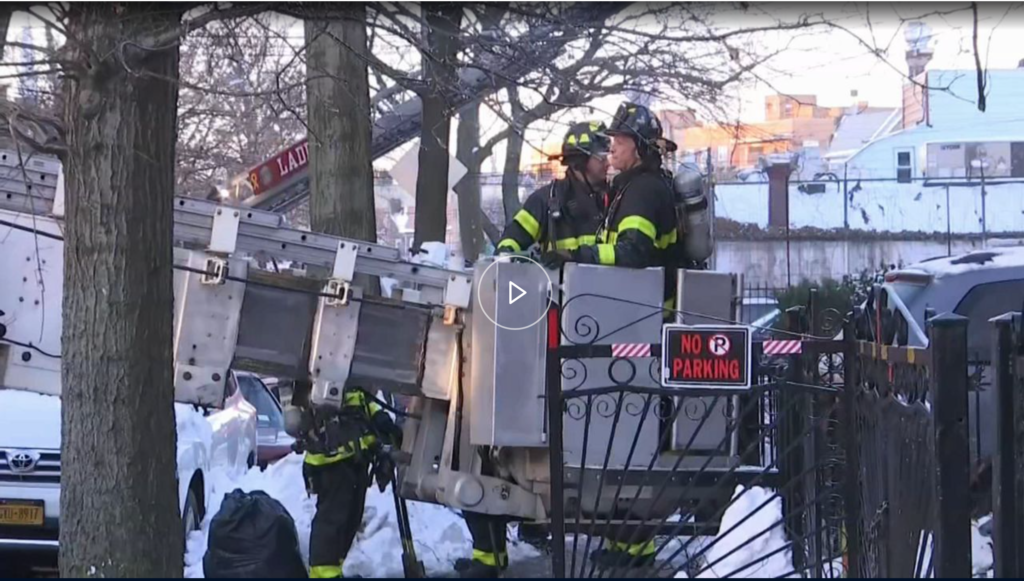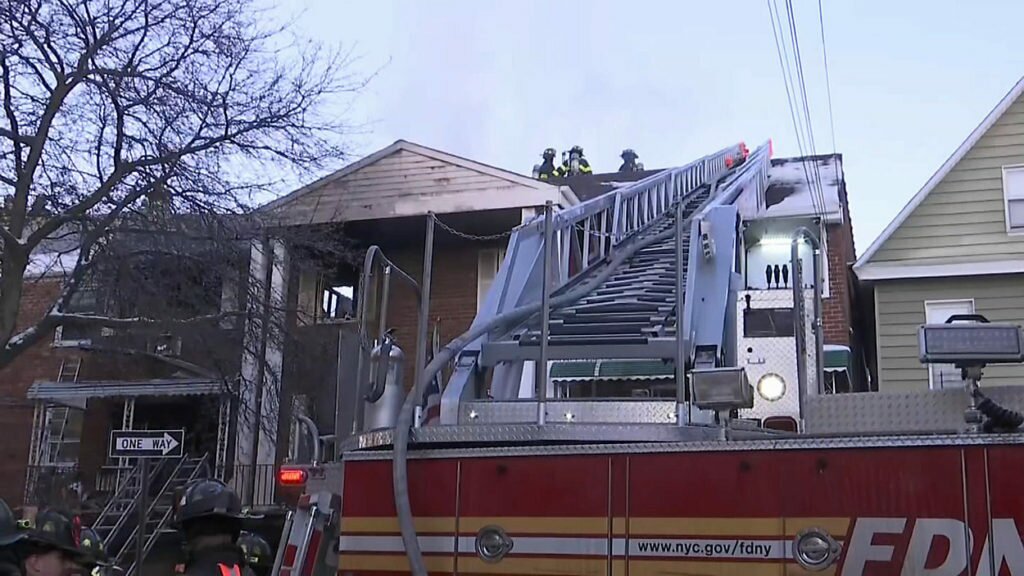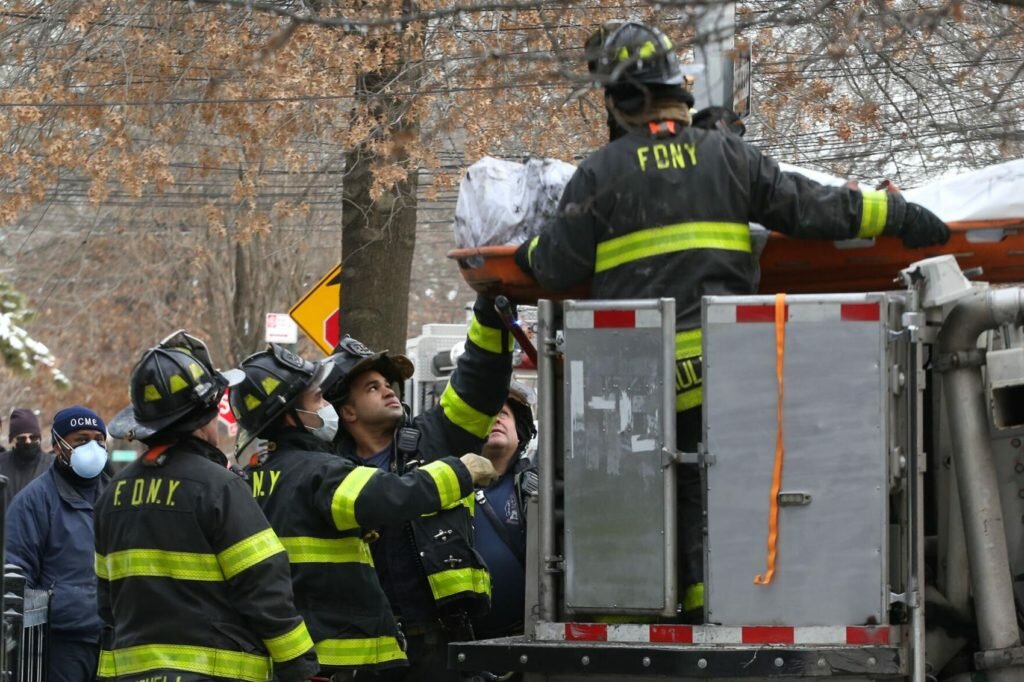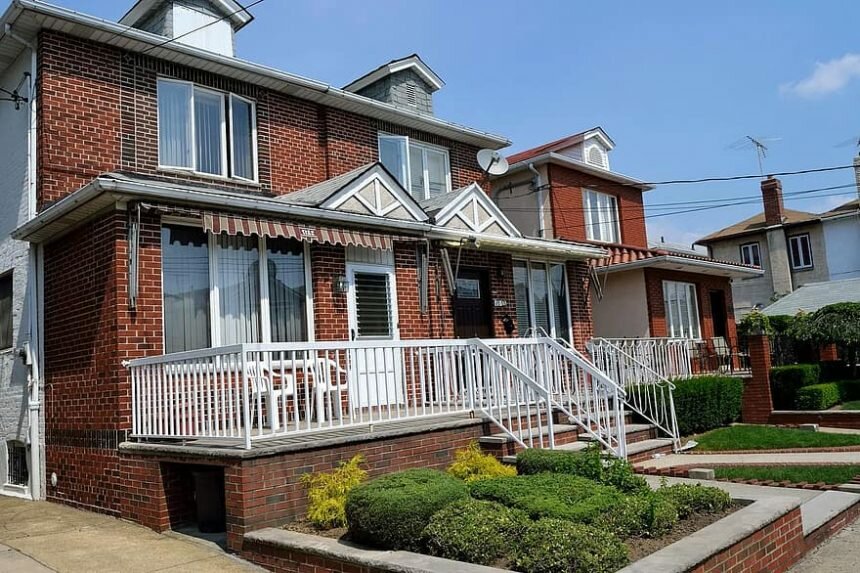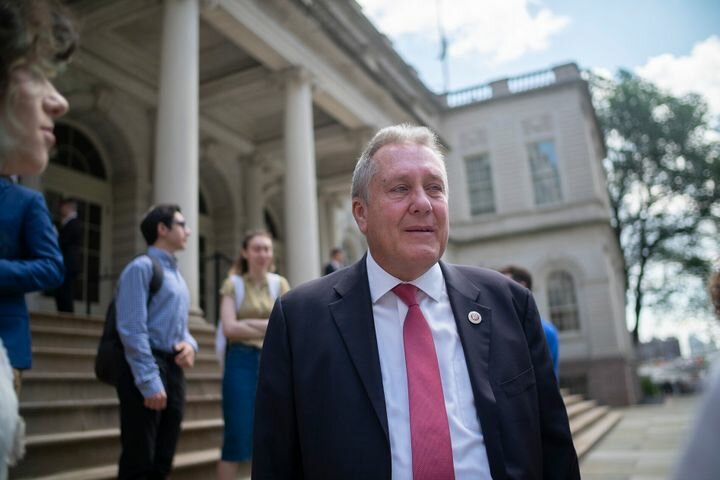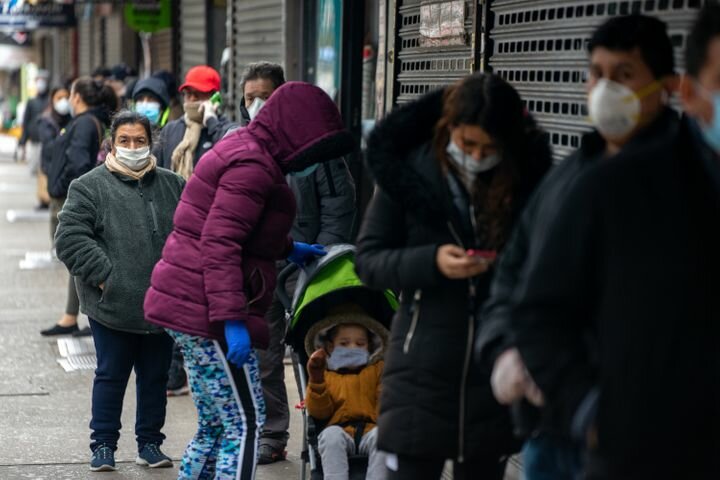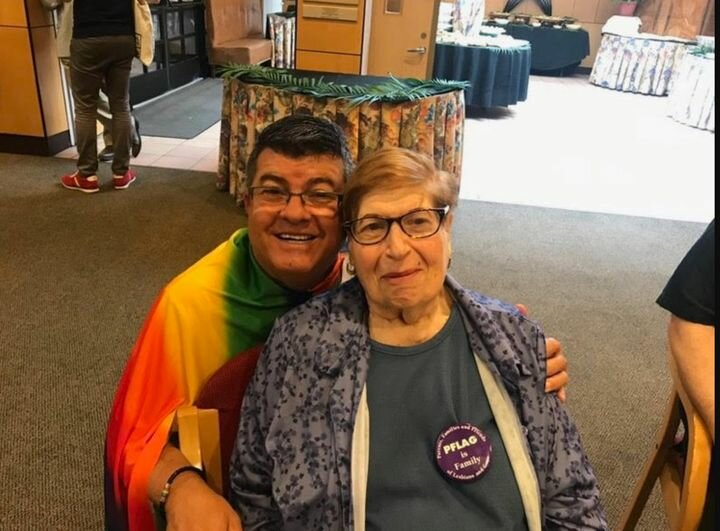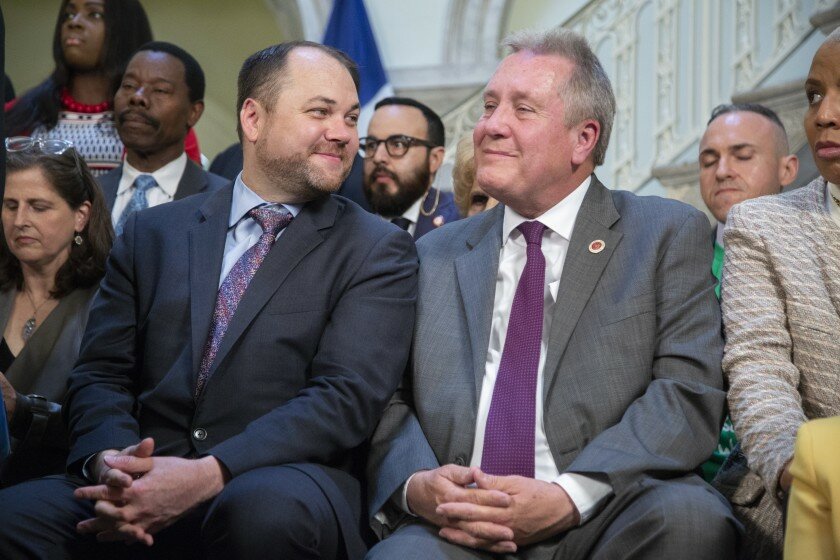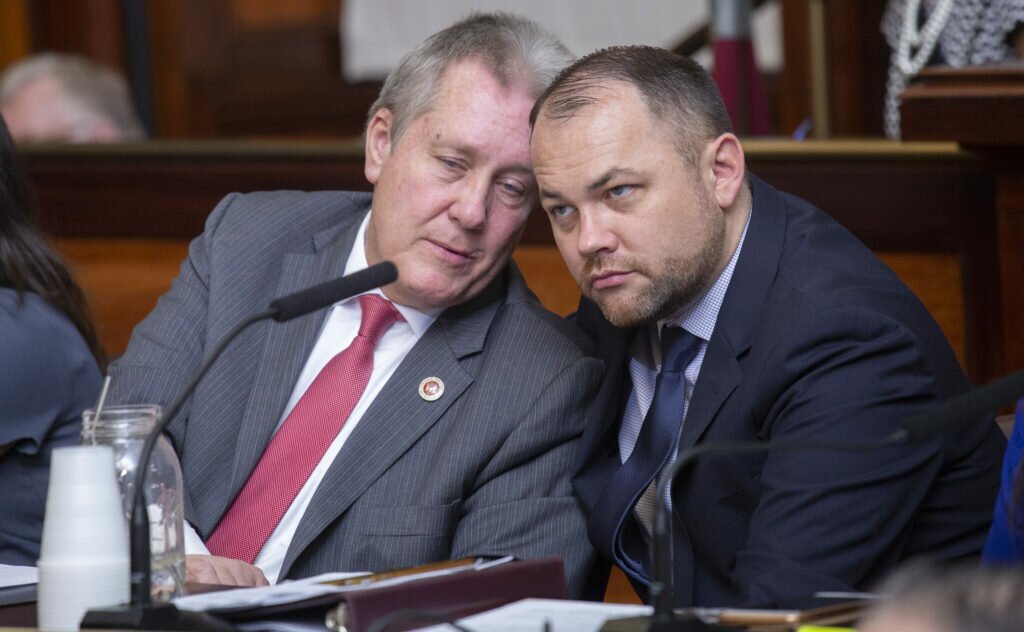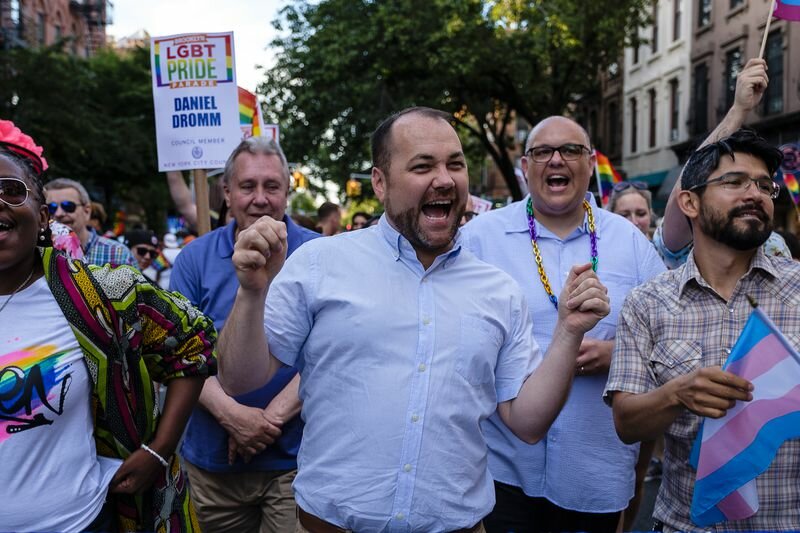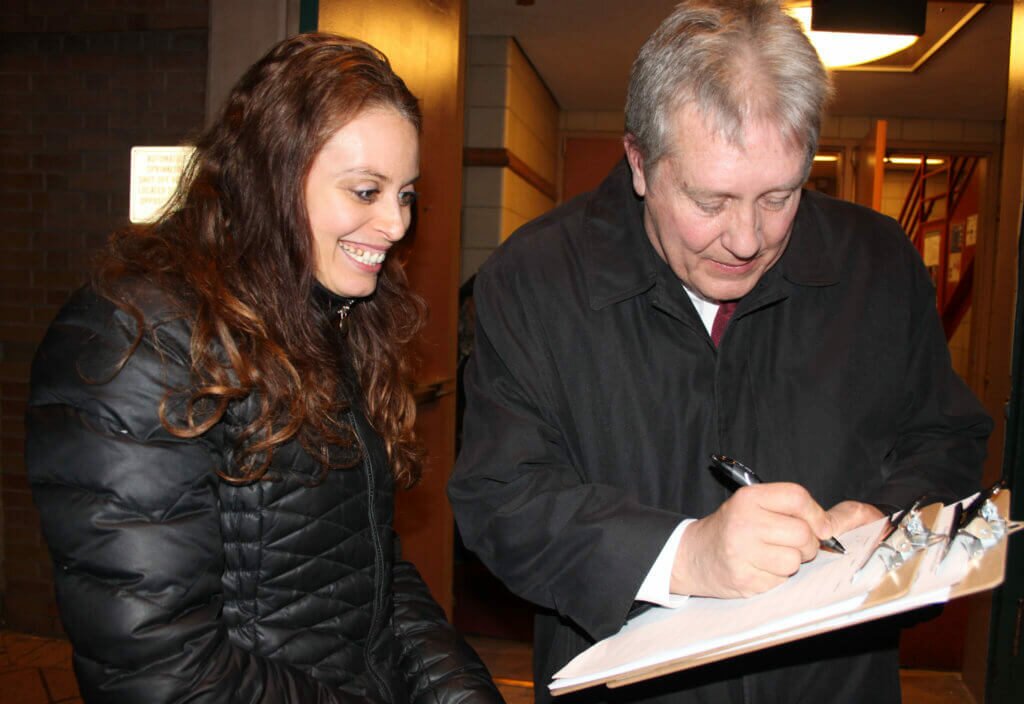
Crystal Wolfe, founder and president of Catering for the Homeless, and Councilman Daniel Dromm signing her DOE petition. (Angélica Acevedo/QNS)
By Angélica Acevedo
Originally published in amNewYork on April 9, 2020
Crystal Wolfe, the founder and president of Catering for the Homeless, has been on a mission to feed the homeless and others who are food insecure in Queens well before the COVID-19 pandemic hit New York City.
“Our main mission is to end hunger by utilizing food excess from catering companies, schools, restaurants, and grocery stores for the homeless and food insecure,” Wolfe said. “There has never been so much hunger and homelessness in the history of America, and New York City has the greatest homeless population in the nation.”
Wolfe is a well-known advocate for homeless people in the community, and even wrote a book, “Our Invisible Neighbors,” debunking myths about the state of being homeless where she noted homelessness often stems from domestic violence and poverty, to name a few reasons.
But the Maspeth resident does much more than write and give the community a voice — Wolfe actually goes out and collects food as well as supplies to distribute among Queens’ neediest families.
To date, Wolfe has provided approximately 41,000 meals to the homeless and food insecure through church lunches and dinners, food pantries, as well as directly to homeless people and migrant workers, and provided approximately 16,000 items of clothing for the homeless throughout NYC.
She developed a network of partners in Queens, Brooklyn and Manhattan, many of which are churches, pantries and other organizations, that she counts on to help distribute the items among people and families after gathering the food from various catering companies and restaurants.
“There is food going to waste in every town in America that no one needs to go hungry,” Wolfe said. “Getting this food excess to those who need it can solve, or greatly reduce, this hunger crisis.”
In NYC, there were 62,679 homeless people, including 14,682 homeless families with 22,013 homeless children, sleeping each night in the New York City municipal shelter system, according to the organization Coalition for the Homeless.

Photo courtesy of Crystal Wolfe
Getting the DOE on board
However, Wolfe believes there’s a particular element that’s missing in order to reduce the hunger crisis in NYC: The food excess from schools.
Wolfe has tried to work with schools across Queens in order to redistribute their food excess for years, but is met with a hesitant yet resounding “no” every time. She said the main reason schools don’t feel comfortable donating their food is because they don’t have set guidelines from the Department of Education.
In response, she created a petition to get the DOE to comply with the food law that passed in 2017 and was co-sponsored by state Senator Joseph Addabbo, which encourages schools to donate their unused food items.
She has the support of many people in the community, including former educators like Councilman Daniel Dromm and Jerry Drake, a Community Board 5 member who retired a year ago from a school in Corona.
“Running out of food for a school has never happened in my experience of being in 25 plus schools, they always have food left over that was not used. What happens to that food?” Drake said. “I used to watch the students throw away perfectly good apples not even taking a bite and would think to myself, ‘What a waste.’”
Wolfe understands that liability is a big concern, but she emphasizes that she’s done extensive research and hasn’t come across an actual lawsuit against a food donor.
“My organization would be happy to accept all liability and I would gladly sign a waiver to that effect,” Wolfe said.
The online petition has garnered almost 700 signatures and her physical petition has more than 350 signatures as of Wednesday, April 8.
Wolfe said she was able to talk to Schools Chancellor Richard Carranza directly during Community Education Council 24’s town hall in March.
“I was gratified to hear the chancellor say that he is open to getting more food excess from the schools out into the community,” Wolfe said.
Since then, the COVID-19 crisis has caused all schools to close. But there are still more than 400 locations in NYC serving three, free meals a day for kids and adults, which initially began as breakfast and dinner for students who are school aged. The DOE also opened almost 100 Regional Enrichment Centers throughout the city, where they’re also providing meals for the children of first responders.
One of the reasons officials were hesitant to close schools was because many students and families depend on them for their daily source of food.
According to a 2019 report by Advocates for Children, one in 10 of NYC’s public school students are homeless. An estimated 348,500 NYC children live in food insecure households, according to the nonprofit Feeding America.
Yet, the first week the DOE began the “Grab and Go” initiative, Pix 11 reported that some schools’ free lunches became garbage.
“It’s still likely they have food excess,” Wolfe said. “My hope is to work with them now with Enrichment Centers that have that food excess, and then, of course, when schools reopen.”
The DOE told QNS they’d review the petition.
“The health and well-being of our students is our top priority and every day school is in session we serve free, nutritious breakfast and lunch to all New York City public schools students citywide,” a DOE spokesperson said. “Our rigorous health and safety standards prohibit repurposing food that has already been served.”
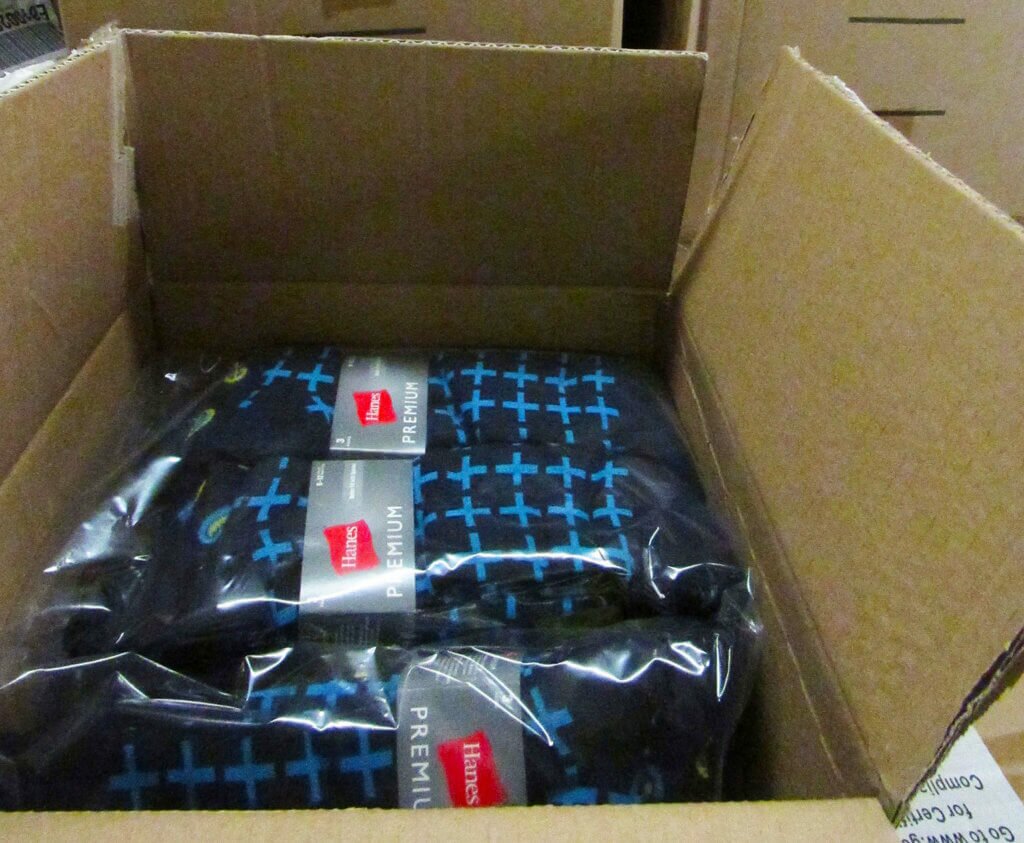
Photo courtesy of Crystal Wolfe
Catering for the Homeless’ COVID-19 crisis relief drive
In the meantime, Wolfe continues to go out into the community and help those in need, with added precautions due to the rapid spread of COVID-19 in the borough.
In the past three weeks, Wolfe has delivered more than 300 food and toiletry items to food pantries in Ridgewood and Woodside, assembled 100 bags of toiletries and food with six to eight items per bags, began distributing the 3,000 socks she won from Hanes’ 2020 Sock Drive, and helped organize about 700 bags of food to provide a week’s worth of meals for about 100 families at St. Teresa’s Food Pantry in Woodside.
Wolfe believes that, to an extent, the repercussions of the coronavirus outbreak we’re witnessing are due to the existing failures within NYC’s — and the nation’s — system.
“When you ignore problems, the problems get worse,” she said. “These problems didn’t happen overnight and solutions also won’t happen overnight. It’s going to take time, but what drives me to make it happen is knowing people are suffering.”
The need, Wolfe said, will only increase from here. But she’s ready to work within the community to help feed people.
Wolfe added, “I hope people will start to realize that what’s happening in the entire country right now due to the pandemic — Americans losing their jobs with no fault of their own, not being able to pay the bills or food — that’s what’s been happening to millions of homeless people every year.”
Read more here.

